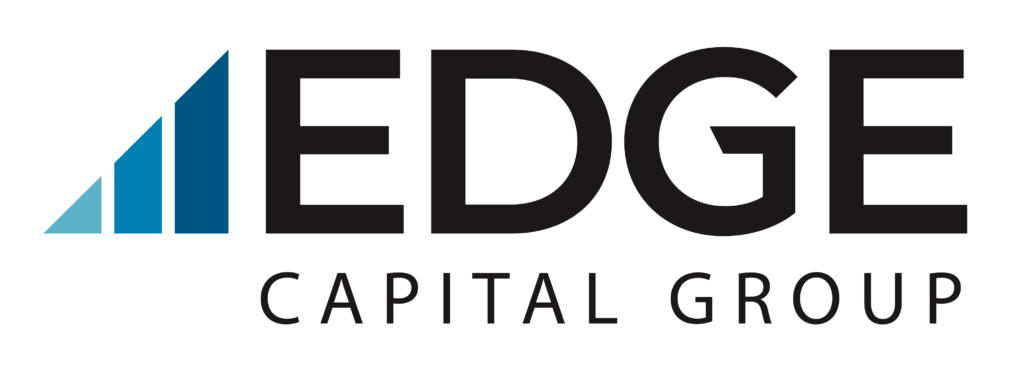
.
Click here to read the full Edge Capital Research Insight
With the Fed’s decision to pause its rate hike cycle Wednesday, we have the first major policy deviation since the Fed initiated its hiking cycle back in March of 2022. The Fed initiated the hikes in response to inflationary pressures that began in the second half of 2021, which proved to be enduring rather than transitory as initially expected.
Throughout this period of rate hikes the Fed has maintained that its sole focus is to subdue inflation and keep it from getting imbedded into the market psyche. At the same time the market has continually maintained a more dovish outlook for Fed action. That disconnect was behind some of the investment losses in 2022 as the market seemed to be caught off guard by some of the more aggressive Fed actions, such as raising rates 75 bps at each of the June, Jul y, September, and November 2022 meetings. That should have left no doubt that the Fed was solely focused on inflation regardless of the impact on stock and bond markets. But as we entered 2023 the market was still expecting the Fed to be in rate cutting mode by the end of the year.
More recently, however, the inflation data has shown some positive signs. Fed rate hikes often take time to work the ir way through the economic system, so there is a lag effect from when rates are raised and when the inflation dat a will cool. We’re starting to see some of that now. Throughout the hiking cycle the economy has showed tre mendous resilience as the jobs data continues to show high demand for labor and unemployment has stayed bel ow 4% throughout. Recall, the Fed has a dual mandate: price stability (which they are attempting to control thr ough the rate hikes meant to quell inflation) and full employment (a number considered to be about 4.5% in Fed mo dels). With unemployment running closer to 3.5% during this period the Fed has the cover to focus solely on the price stability mandate and even at today’s 3.7% unemployment rate there is slack in the employment market to allow the Fed to remain hyper-vigilant on driving inflation back down towards its 2% mandate.

